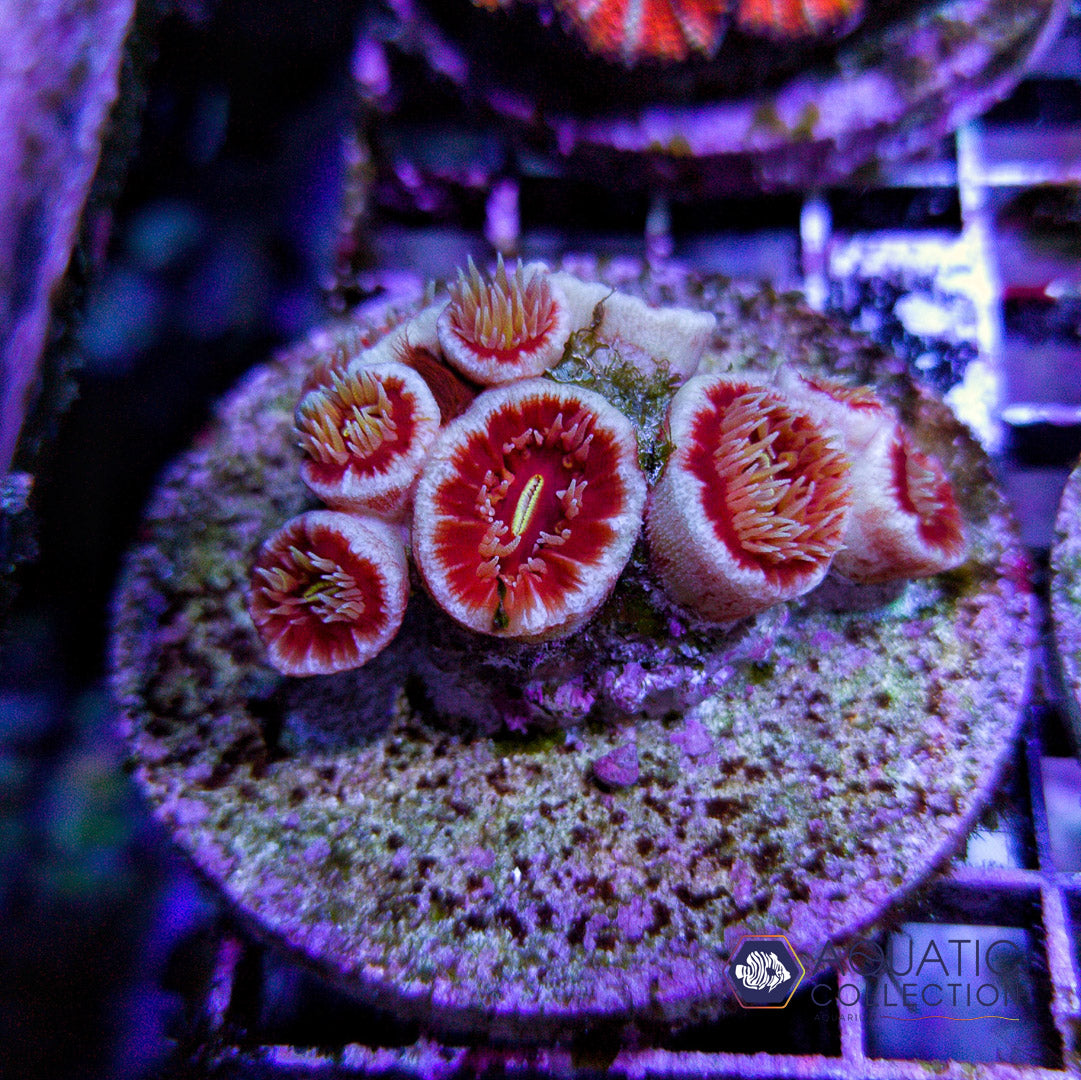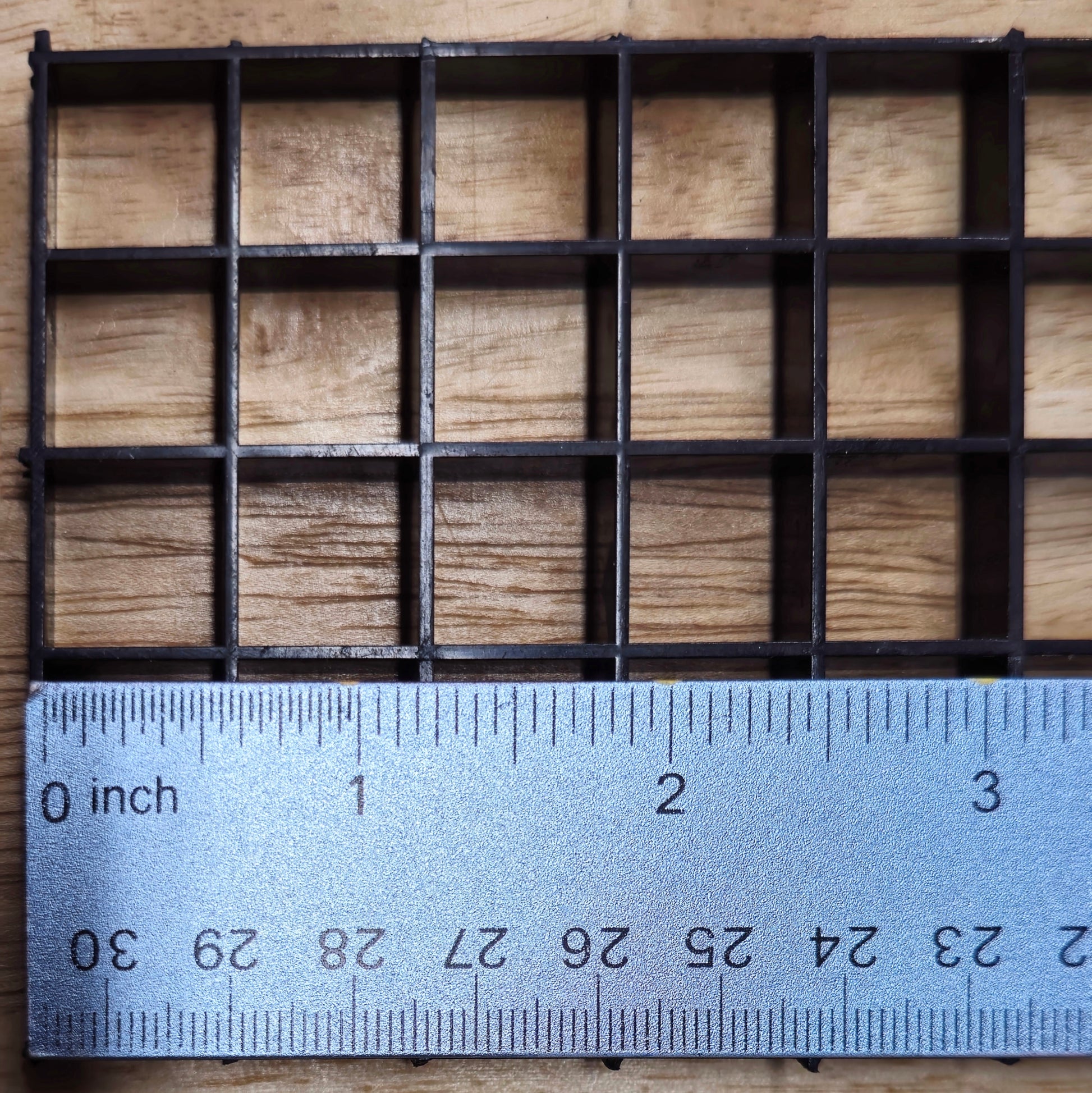Aquatic Collection Aquarium
Fat Head Dendro
Fat Head Dendro
Couldn't load pickup availability
Species: Dendrophyllia Fistula
Approximate Size: 2"
Colors: White, Red, Yellow
Fat-head Dendrophyllia (Dendrophyllia fistula) is a species of coral that belongs to the family Dendrophylliidae, within the order Scleractinia (stony corals). These corals are primarily solitary, meaning they do not form large colonies like many other reef-building corals. They are often found in deeper, lower-light environments, making them quite distinctive compared to other reef corals. Here's a detailed description of the species:
Physical Appearance
The Fat-head Dendrophyllia is notable for its large, thick, and fleshy polyps. The name "fat-head" comes from the characteristic appearance of the polyps, which have bulbous, swollen heads when fully extended. These polyps are usually soft and fleshy, lacking the hard skeleton typical of many reef-building corals, although they still secrete a calcium carbonate skeleton to support their structure.
-
Polyp Size and Shape: Each polyp can grow quite large compared to other stony corals, with the head of the polyp often being several centimeters across. When fully extended, the polyps have a round, cushion-like shape, resembling a "fat head."
-
Color: Fat-head Dendrophyllia corals can exhibit a wide variety of colors, depending on environmental factors. The colors can range from deep reds, oranges, and yellows to purples and greens. The coloration is often vivid, which makes these corals quite striking when they are open and fully expanded.
-
Tentacles: The polyps have numerous long, slender tentacles that they use to capture planktonic food from the water column. These tentacles are usually arranged in a radial pattern around the central mouth of the polyp.
-
Skeleton: As a stony coral, the Fat-head Dendrophyllia secretes a calcium carbonate skeleton, although it is much less massive and branching than the skeletons of reef-building corals. The skeleton is typically branching or columnar but can also form encrusting or irregular shapes. The structure is often very porous and light, helping the coral remain buoyant in deeper waters.
Habitat
The Fat-head Dendrophyllia typically inhabits deeper, low-light environments, often found at depths of 30 to 150 meters, though they can occasionally be seen at shallower depths. They are typically located on the continental slope, in areas where there is reduced sunlight, and may be found in locations with moderate to strong currents. These corals prefer clear water with good water quality and are often associated with areas of moderate wave action or currents.
Feeding
Unlike many corals, which rely heavily on photosynthesis through symbiotic relationships with zooxanthellae (photosynthetic algae), the Fat-head Dendrophyllia is a non-photosynthetic coral. This means that it does not depend on sunlight to survive. Instead, it captures plankton and small organic particles from the surrounding water using its long tentacles. This adaptation allows the coral to thrive in deeper, darker environments where light levels are insufficient for photosynthesis.
- Feeding Mechanism: The polyps extend their tentacles to capture zooplankton, small fish, and other organic material that drifts by in the water. The tentacles are covered in specialized cells called cnidocytes, which contain stinging cells (nematocysts) to immobilize and capture prey.
Share




